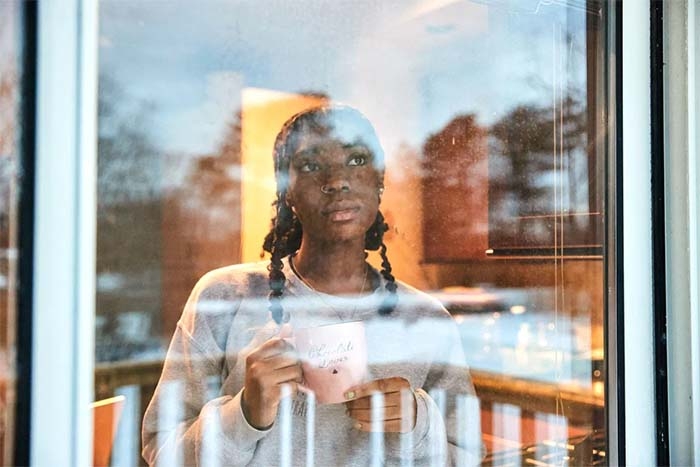
The first sign that Twyla Joseph’s college application process was not going to go as planned came on March 13, 2020, when, a day before her scheduled SAT, she learned the test had been canceled. The May and June tests were also canceled as coronavirus cases surged.
Joseph never got to take the admissions test. She barely knows her high school teachers now that she takes all her classes online at home in Islip Terrace, N.Y. She missed out on seasons of varsity cross-country and track, and lost contact with the coach who “used to give us really good life advice.” During the five months she was furloughed from her job at Panera Bread, she spent the money she’d been saving for college. And while she’s back at work now for about 28 hours per week, often dealing with customers who refuse to wear face masks, she is worried not only about whether she will be able to afford college in the fall but also about whether it even makes sense to enroll if she’ll be sitting at home taking classes online.
“I can’t go to college with $900 in my savings account,” says Joseph, 17, a senior at Central Islip High School. “I literally just thought, What if I took a year off, maybe a year or two, and tried to wait till things were back to normal? I definitely thought, Maybe I just shouldn’t go. Maybe it’s not worth it.”
Millions of students across the country are wrestling with similar decisions. Estimates from U.S. Census Bureau surveys conducted biweekly since Aug. 19, 2020, indicate that anywhere from 7.7 million to 10 million adults canceled plans to take postsecondary classes last fall because of financial constraints related to the pandemic. The number of high school graduates who immediately went on to college in fall 2020 declined 6.8% compared with the previous year, according to the National Student Clearinghouse Research Center. The drop was more stark at high-poverty high schools, where the number of graduates enrolling in college fell 11.4%, compared with a drop of 2.9% at low-poverty high schools.
It’s the latest example of how the pandemic is hindering educational opportunities for the most vulnerable students, likely limiting their career options and earning potential. And as more people lose access to higher education, the country will feel the consequences of a less educated workforce. “Our economic recovery is at stake,” says Sara Goldrick-Rab, founding director of the Hope Center for College, Community, and Justice at Temple University in Philadelphia.
Read the full story at Time| US | Education.



